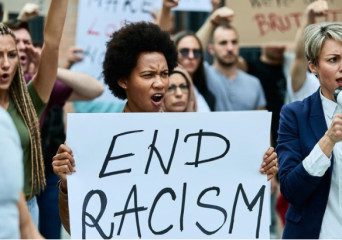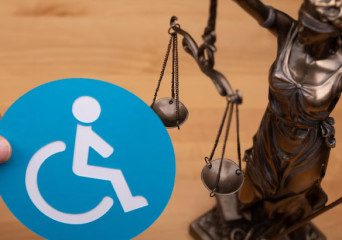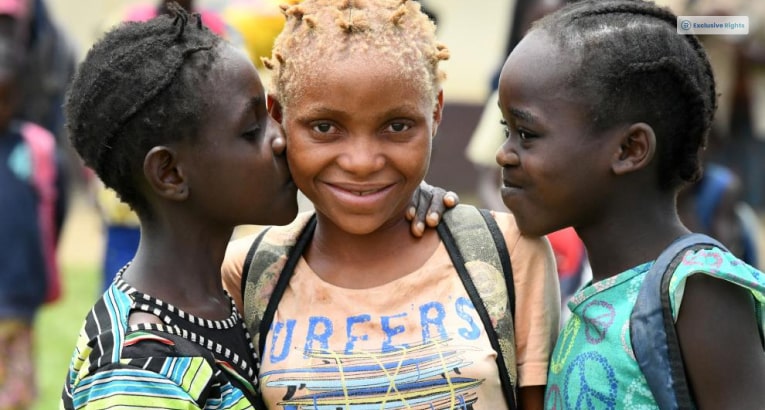
Table Of Contents
Your Right to Participate in the Cultural Life of Community Matters!
Does The US Law protect your culture? Your language? Can anyone stop you from speaking in your native tongue? The Right to Participate in the Cultural Life of Community is a fundamental human right that protects it.
The world has diverse traditions, languages, music, art, and celebrations. Therefore, this right recognizes the importance of cultural expression, creativity, and belonging. It guarantees each person the freedom to engage, contribute, and enjoy the rich cultural heritage surrounding us.
Article 27 (1) of the Universal Declaration of Human Rights (UDHR) says:- “Everyone has the right freely to participate in the cultural life of the community, to enjoy the arts and to share in scientific advancement and its benefits.”
The First Amendment to the US Constitution says:- “the right to freely participate in the cultural life of your community, enjoy the arts, and benefit from scientific progress” is guaranteed to you if you are a citizen of the United States.
This article states that everyone should have the opportunity to participate in their community’s cultural activities, whether it involves attending cultural events, visiting museums, engaging in artistic expression, or learning from scientific advancements.
By embracing this Right to Participate in the Cultural Life of Community, we become integral parts of the cultural fabric, shaping and enriching it with our unique experiences and perspectives.
Right to Participate in the Cultural Life of Community- Parts and Pieces
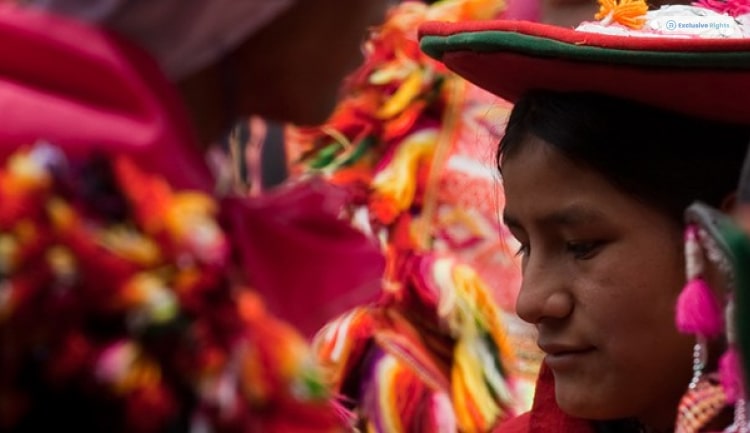
Let us see how the Right to Participate in the Cultural Life of Community plays a role in our everyday lives.
In Festivals.
Festivals bring people together and unite them in celebration. They showcase the magic of cultural participation. Whether it’s Christmas, Hannukah, Eid, Diwali, Carnival, or the Chinese New Year, these joyous occasions allow us to learn from each other’s traditions and have a wonderful time.
Through Artistic Expression.
Painting, dancing, and playing music—these creative outlets offer opportunities for self-expression and cultural exploration. Through various art forms, we gain new perspectives, appreciate different cultures, and contribute to this tapestry of human creativity.
Through Language and Storytelling.
Did you know how vital a part of language is in the Right to Participate in the Cultural Life of Community?
- The United States is a diverse country with many communities and languages.
- The Hispanic/Latino community brings rich traditions and speaks Spanish.
- African American communities, with their culture and language, influence the nation.
- Native American communities have unique cultures and languages.
- Asian American communities containing the Chinese, Indian, Filipino, and more enrich the country.
- European American Community bring and carry on European ancestries and languages.
- The Middle Eastern community of Arabic, Persian, Turkish, and Hebrew add to the mix.
- Further, the deaf community communicates through the American Sign Language (ASL).
Each community contributes to America’s cultural diversity, uniting the nation. Languages are the key to understanding different cultures. Learning and speaking multiple languages provides information about the histories and traditions of diverse communities. Storytelling is a meaningful way to preserve cultural heritage, passing down wisdom, morals, and values from one generation to another.
The Right to Participate in the Cultural Life of Community is important in this very context because it lets one hold on, practice, and pass on ancient languages from generation to generation.
That way, it safeguards America’s rich history.
Through Food and Cuisine.
Yes, this is one of the aspects that the Right to Participate in the Cultural Life of Community preserves and protects. Exploring diverse cuisines allows us to taste the world’s flavors while celebrating cultural diversity. Sharing recipes, cooking together, or attending food fairs connect us through the universal language of food is an exciting part of this fundamental right.
By Promoting Inclusivity and Breaking Barriers.
Cultural participation must be made possible for everyone. Authority bodies in the country must remove barriers that might hinder one from fully participating in their community’s cultural life.
Equal opportunities, accessible spaces, and the promotion of diverse voices empower each person to contribute and benefit from cultural participation. The United States federal government has numerous laws that promote inclusivity. For example,
- The Civil Rights Act of 1964 prohibits discrimination based on race, color, religion, sex, or national origin, including employment, public accommodations, and education.
- The Americans with Disabilities Act (ADA) of 1990 ensures equal rights and opportunities for individuals with disabilities, prohibiting discrimination in employment, public services, transportation, and accommodations.
- The Fair Housing Act prohibits housing discrimination based on race, color, religion, sex, national origin, familial status, or disability.
- Title IX of the Education Amendments of 1972 prohibits sex discrimination in educational institutions receiving federal funding, promoting gender equity in sports, and protecting against sexual harassment.
- The Age Discrimination in Employment Act (ADEA) protects individuals aged 40 and above from discrimination in employment based on age.
- The Rehabilitation Act of 1973 prohibits discrimination based on disability in federal government programs, federal contractor employment, and programs receiving federal financial assistance.
- The Voting Rights Act of 1965 protects the right to vote, particularly for minority communities, by prohibiting discriminatory voting practices.
Further, some case laws portray this fundamental right.
- In Obergefell v. Hodges (2015), the Supreme Court ruling legalized same-sex marriage nationwide, promoting marriage equality and recognizing the rights of LGBTQ+ individuals.
- In Plyler v. Doe (1982), the Supreme Court decision ensured equal access to education for undocumented immigrant children, protecting their right to education regardless of immigration status.
- In United States v. Windsor (2013), the Supreme Court ruling struck down the Defense of Marriage Act, recognizing same-sex marriages at the federal level and promoting equal treatment for same-sex couples.
These acts and case laws demonstrated the efforts to promote inclusivity and protect individuals from discrimination.
Right to Participate in the Cultural Life of Community- Case Laws
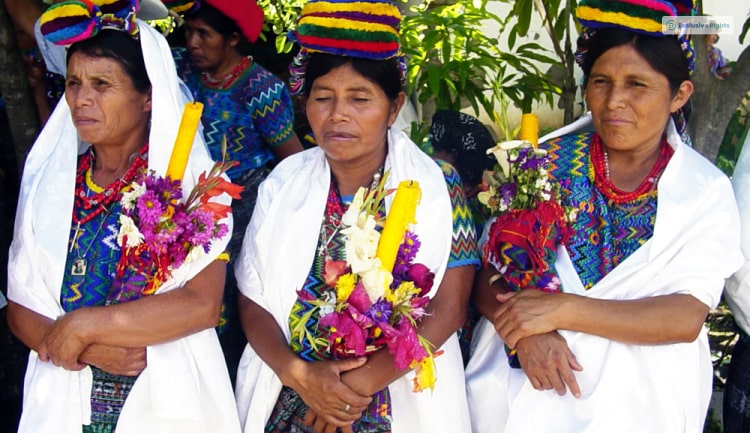
The right to participate in the cultural life of your community is important in the United States. Here are some case laws that highlight this right.
- In the case of Tinker v. Des Moines Independent Community School District (1969), the Supreme Court recognized that students have the right to express their cultural and political beliefs in public schools as long as it doesn’t disrupt the educational environment.
- In the case of Village of Schaumburg v. Citizens for a Better Environment (1980), the Court affirmed that individuals have the right to engage in cultural activities, such as soliciting donations for charitable purposes, as a form of protected speech under the First Amendment.
- Further, in the case of Roberts v. United States Jaycees (1984), the Supreme Court held that private organizations, even if cultural or social, cannot discriminate based on gender as it violates anti-discrimination laws.
- In the case Westside Community Board of Education v. Mergens (1990) ruling, the Court held that public schools must allow student-initiated and student-led cultural or religious clubs, ensuring the right to express diverse cultural and religious beliefs.
- In the case of Santa Fe Independent School District v. Doe (2000), the Supreme Court determined that school-sponsored religious or cultural activities, such as prayers at football games, violate the Establishment Clause of the First Amendment and infringe upon the rights of students with different beliefs.
These case laws emphasize the protection of individual’s rights to express and participate in cultural activities within their communities while also balancing considerations such as maintaining a respectful and inclusive environment in public institutions.
Read Also:






